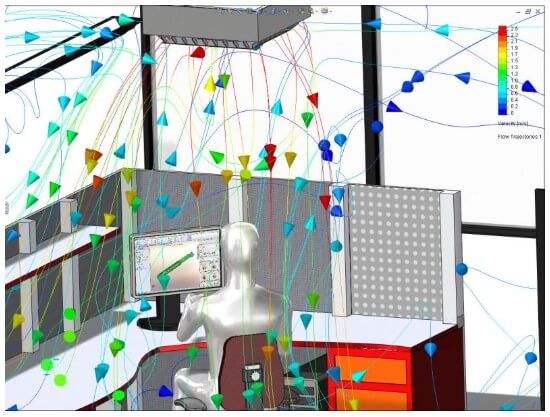HVAC (Heat, Ventilation, and Air Conditioning) is associated with comfort, and comfort is a subjective feeling associated with many parameters such as air quality, air temperature, ambient temperature, airflow, and relative humidity.
For example, while it's easy to understand how the temperature of the air in your life affects how you feel, the surfaces you come into contact with also have a huge impact on your health. Continue reading this article to know about HVAC simulation (In Spanish “simulacin HVAC”).

Image Source: Google
Controlling temperature:
The simplest control parameter is air temperature. This can be set from the thermostat and adjusted depending on the heating or cooling flow being supplied from the HVAC module to the different rooms.
With no distinct heat input from the surrounding air, the house is heated or cooled depending on a combination of external conditions and how well the building is insulated. Therefore, to maintain a constant temperature, a certain amount of energy must be used to heat (or cool) at the same rate at which the house loses (or gains) heat.
ACCA (American Conditioning Contractors) Handbook J (Calculation of Residential Building Loads) calculates the heating and cooling loads or BTUs and cubic feet per minute volume of hot and cold air—that must be supplied to each space to maintain a comfortable climate.
Once loads are determined for latent heat and sensible heat, the entire heating and cooling (cooling) cycle can be designed and optimized at the component and system level to ensure the best possible productivity.

 a business analyst and part time blogger. I am crazy about gathering latest information around the world. I have started this blog to share my knowledge & experience.
a business analyst and part time blogger. I am crazy about gathering latest information around the world. I have started this blog to share my knowledge & experience.